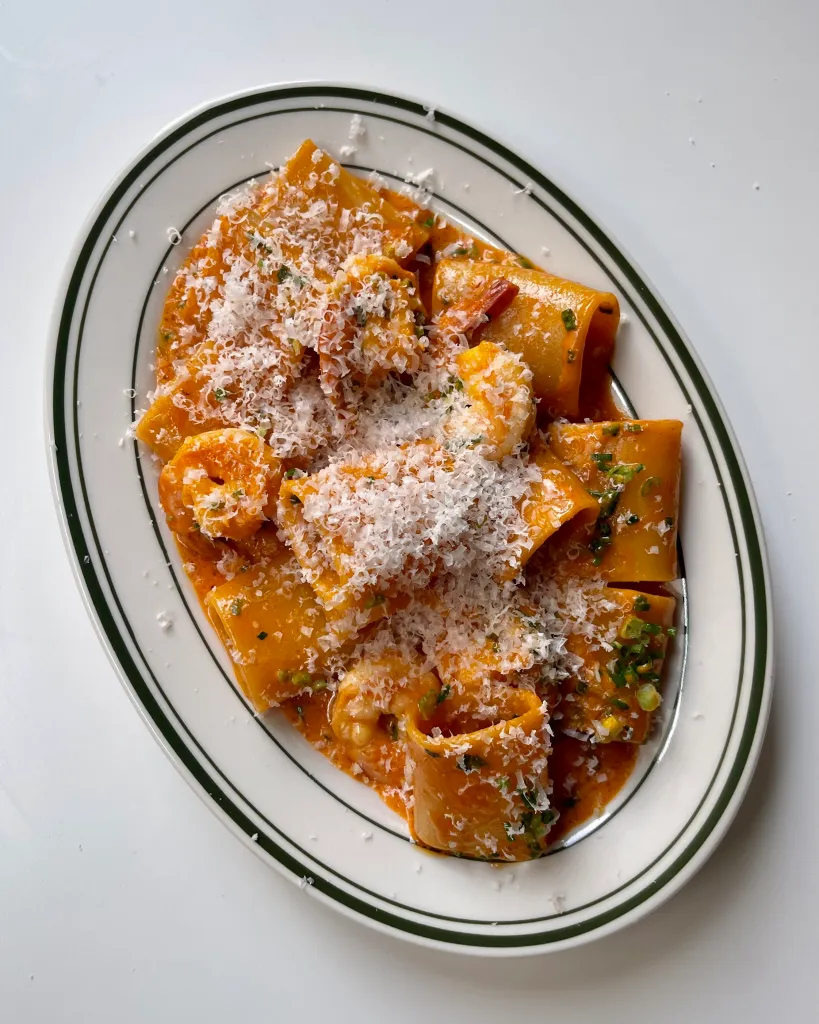
Recipe
Gochujang Pasta with Prawns
Thick, creamy, and saucy
Better than Gigi Hadid pasta
Written by Doobydobap
Gochujang Pasta with Prawns
If you think about it, gochujang is the perfect thickener. For those unfamiliar with what gochujang is, it’s a Korean chili paste made with sun-dried chili peppers that are then thickened with glutinous rice. It’s thick, scarlet red, and spicy with a hint of sweetness. It’s one of those condiments that doesn’t have a single-use— it’s incredibly versatile. I use it in soups, stir-fries, marinades, rubs, pasta, or as is.
While this may look like vodka sauce, it has an entirely different flavor profile since it lacks tomato paste.


Tips & Tricks
By cooking off the gochujang initially, this process toasts the sauce, gets some of the astringent flavors, and mellows out the spice. This also allows the oil to turn into a beautiful red hue.
Add however much gochujang to your liking. I found that 2 tbsp had the most exquisite flavor and kick to it to offset some of the creaminess of the sauce.
Finishing with a knob of butter at the end makes this sauce even glossier. Garnish with Italian parsley or green onion.
Ingredients
3 cups pasta (I used Paccheri n° 125, similar to a bigger Rigatoni)
2 tbsp gochujang (Korean chili paste)
6 garlic cloves, sliced
2 cups peeled and deveined raw shrimp
1 cup heavy cream
2 tbsp olive oil
1 tbsp kosher salt per 1L water for cooking pasta
½ cup pasta water
¼ cup grated Parmigiano Reggiano, and more for garnish
1 tbsp butter
1 bundle of chives or Italian parsley
Directions
- Cook the pasta al dente or 1 minute shy of cooking instructions.
- Reserve ½ cup of pasta water and drain.
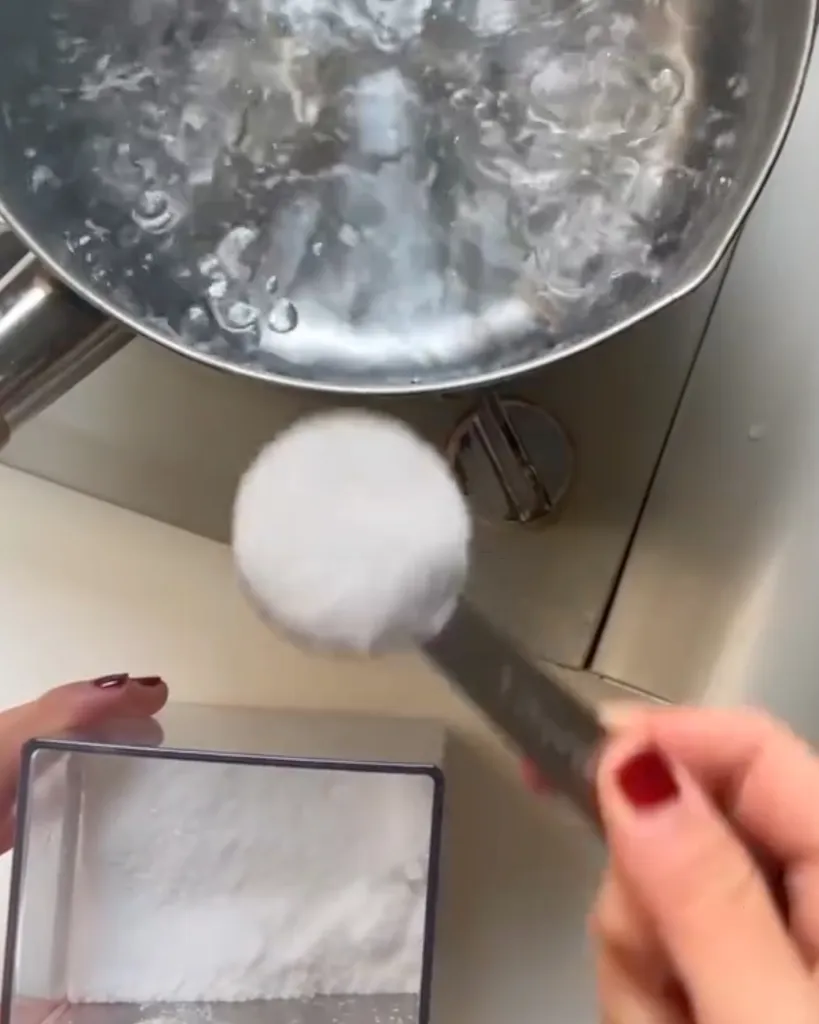
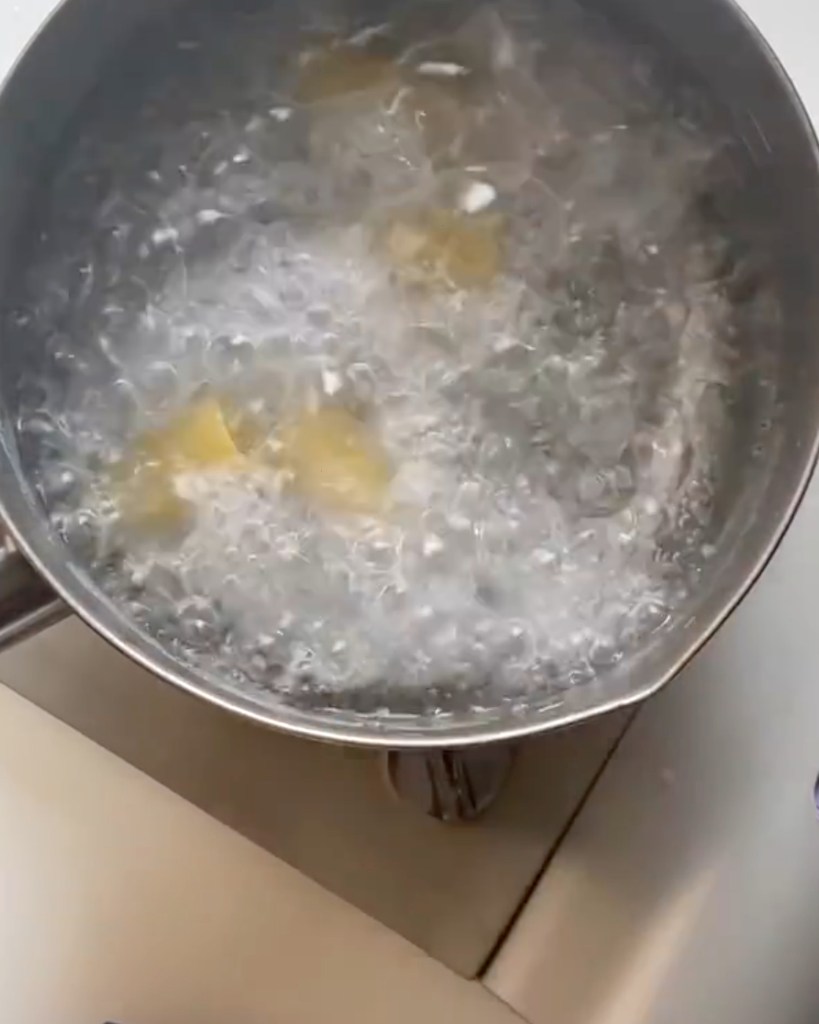
- While the pasta is cooking, in a large pan, sauté the garlic on medium heat with olive oil.
- Once the garlic has slightly softened, add the gochujang paste.
- Lower the heat and cook the gochujang out to mellow some of the spice. The oil should turn into a beautiful red hue.
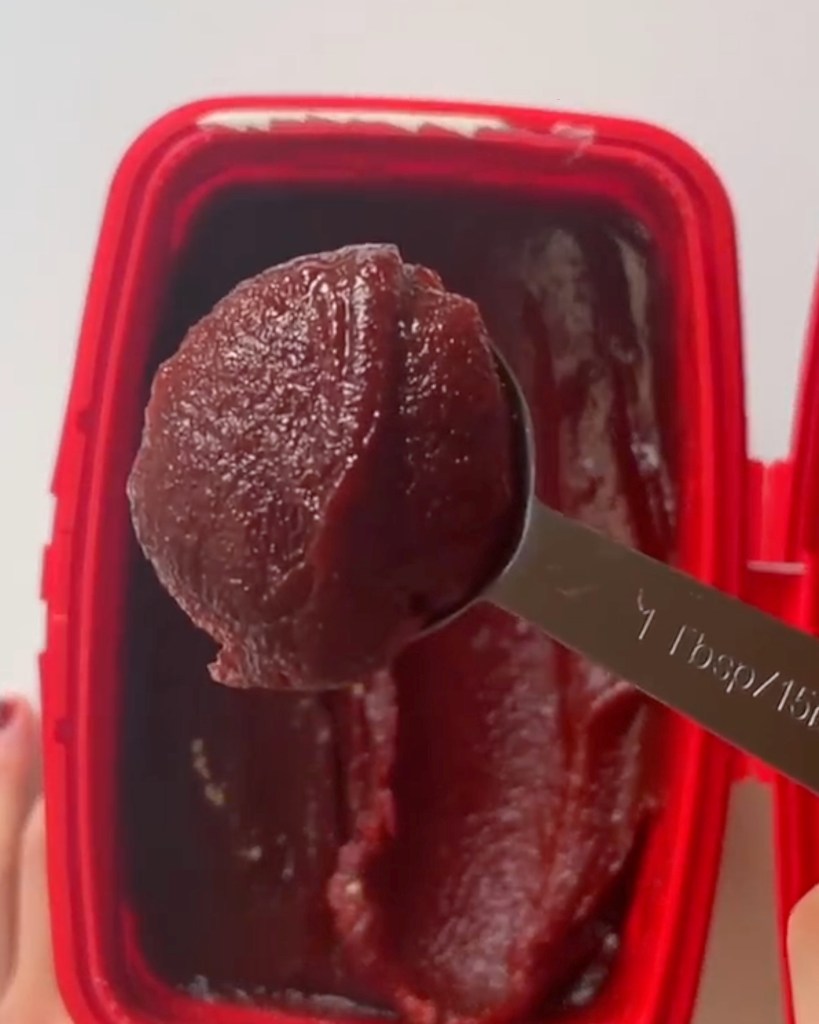
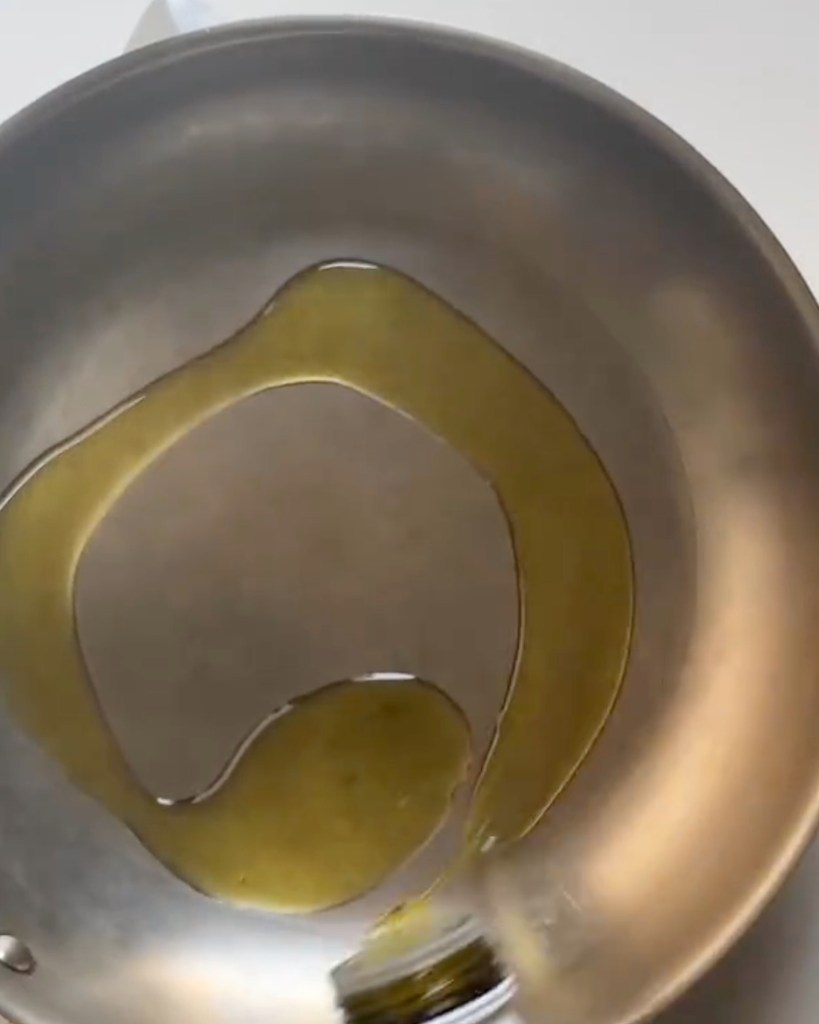

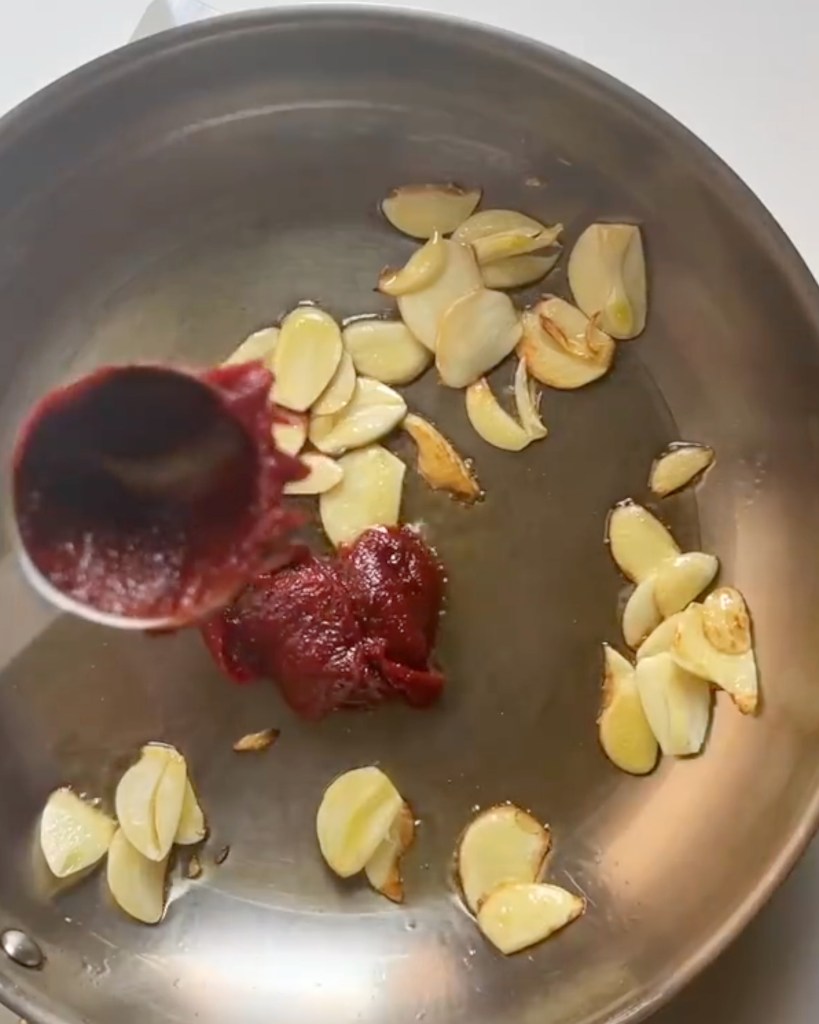
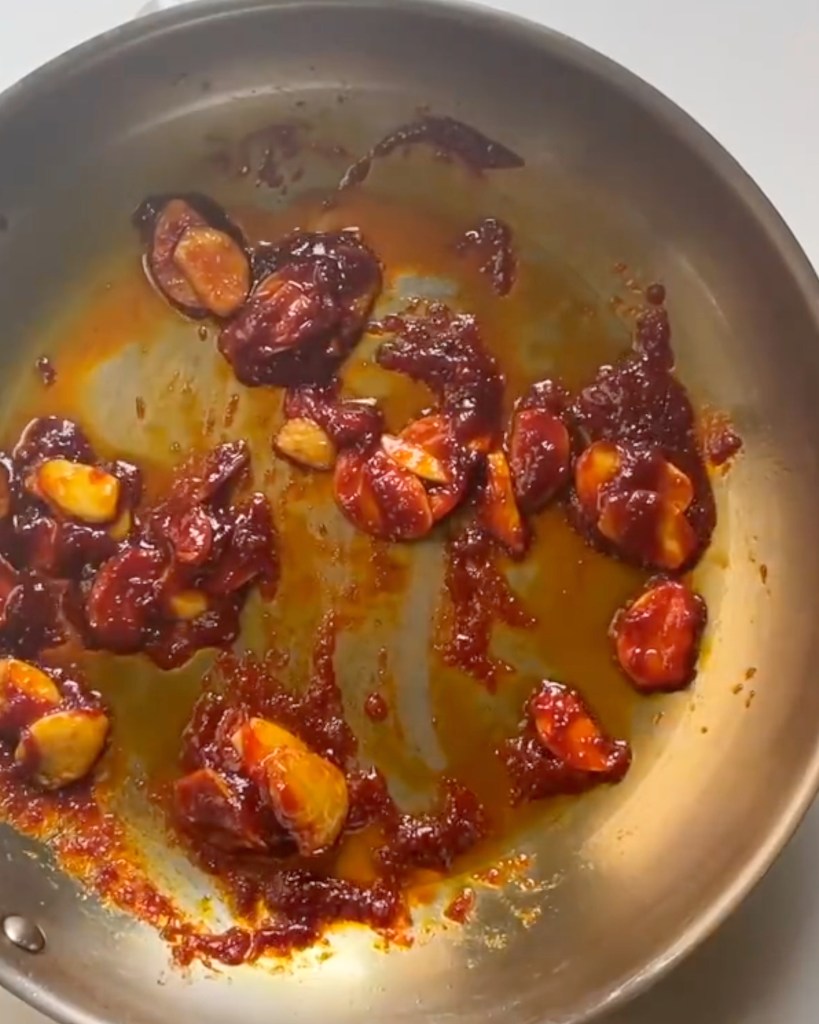
- Add heavy cream and mix to combine the sauce. Turn the heat back on to a medium and simmer the sauce until it's reduced to half the original amount.
- Add the cooked pasta and the pasta water. Simmer until the sauce has coagulated and starts sticking onto the pasta.

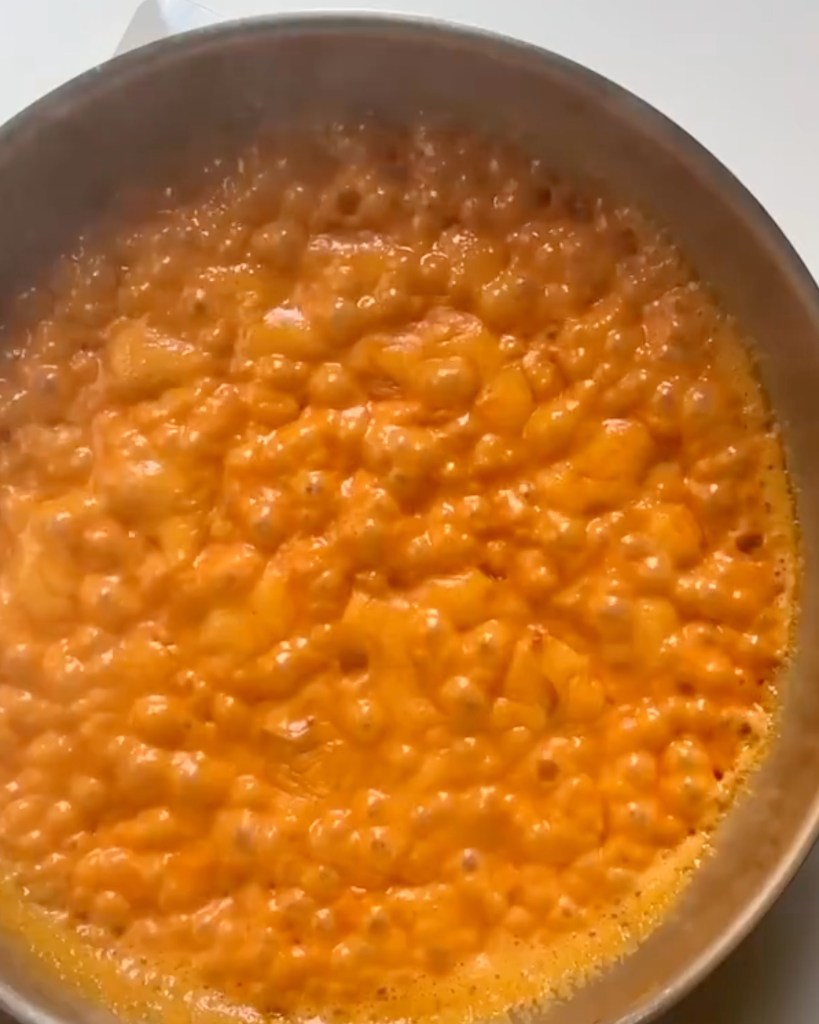
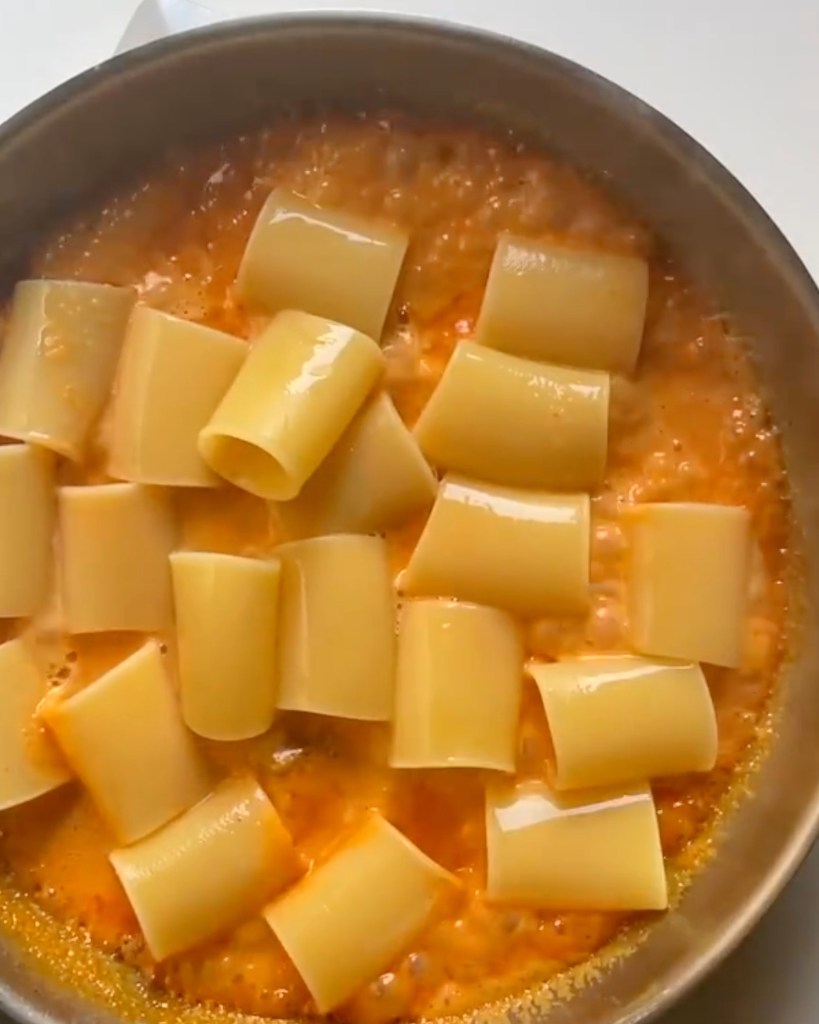
- Add the shrimp and stir to combine.
- Turn the heat to low, add parmesan and finish the pasta with butter. This helps the sauce stay glossy.
- Optionally, finish with chives / Italian parsley / a little more olive oil. Plate. Garnish with more grated parmesan. Enjoy!!!
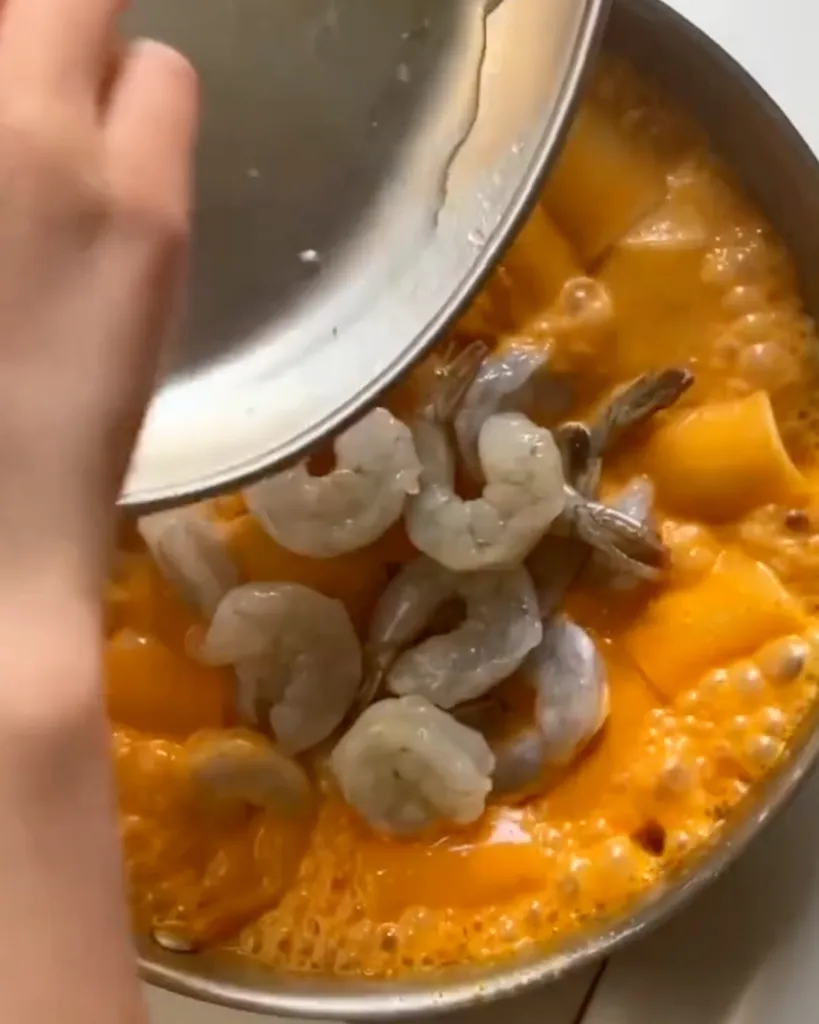


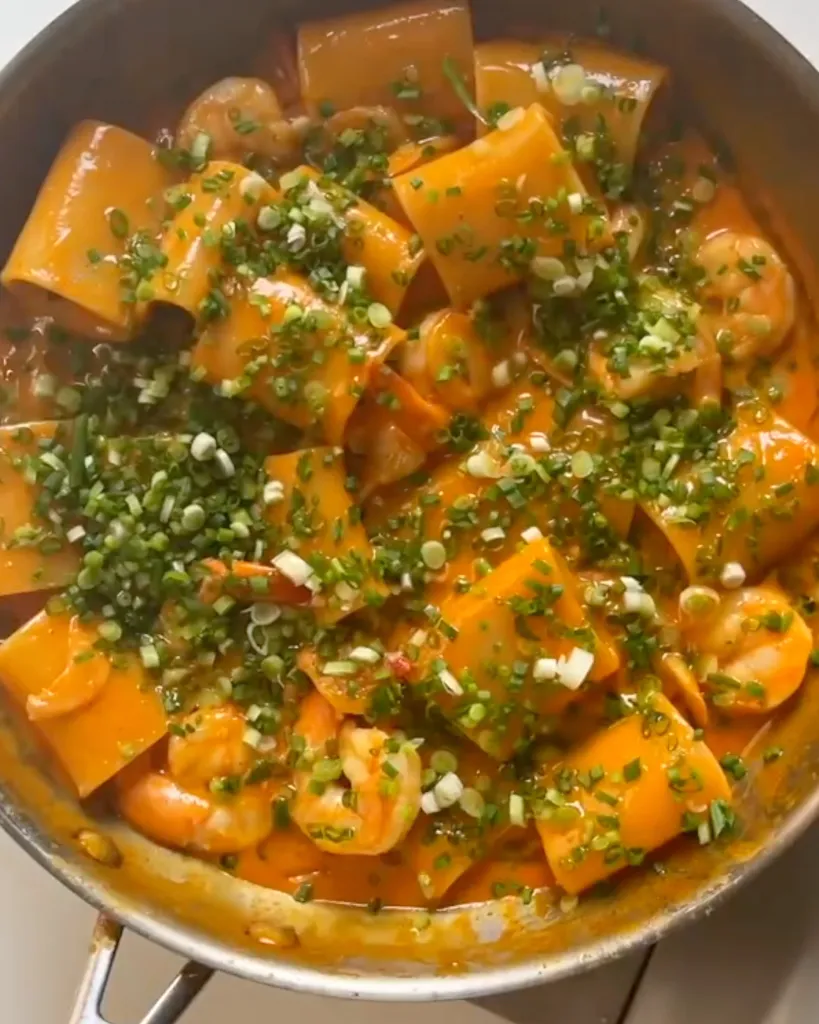
Recent recipes
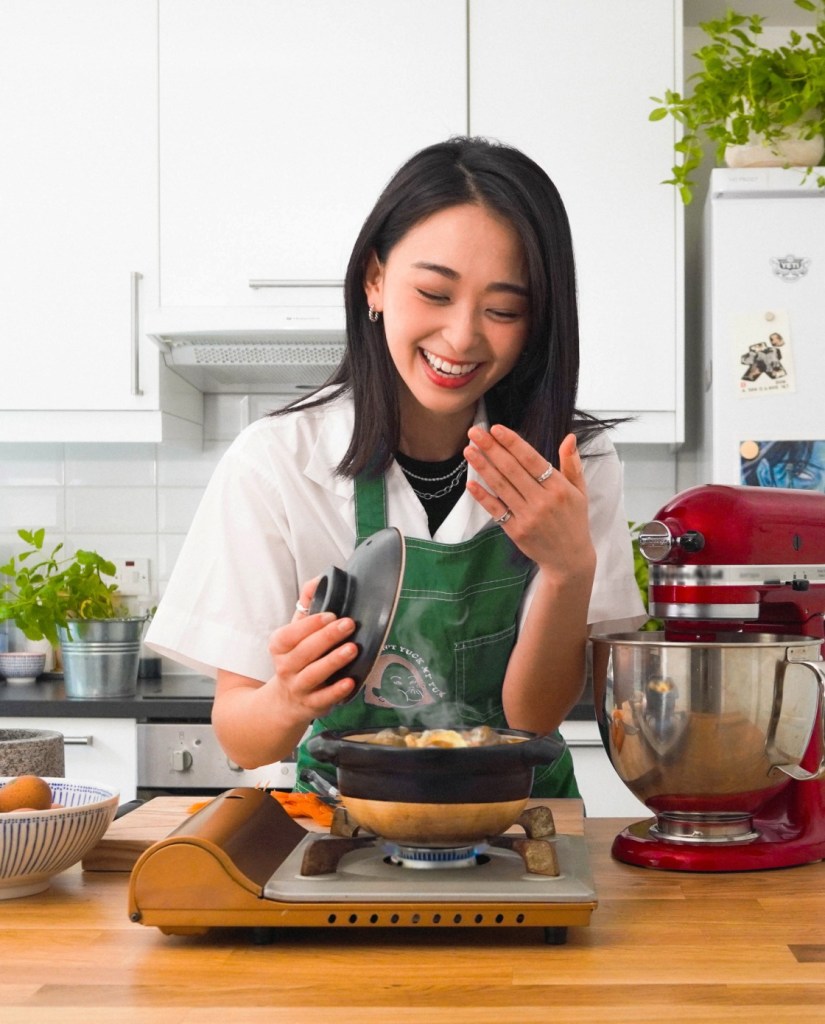
Hi, I’m Tina aka Doobydobap!
Food is my medium to tell stories and connect with people who share the same passion. My recipes are a culmination of my experiences. I hope you enjoy recreating them at home, and if you do, make sure to tag me on Instagram!
Recent recipes
Hey Doobies, thanks for visiting! Join my mailing list for more delicious recipes and stories.

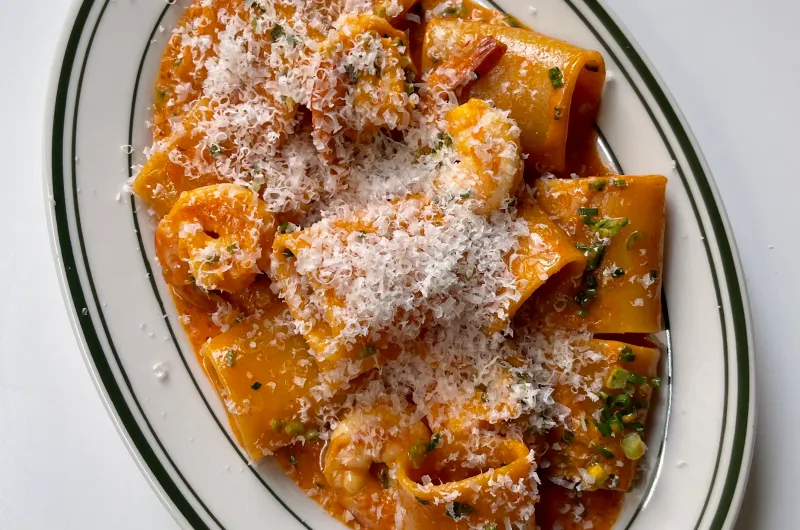
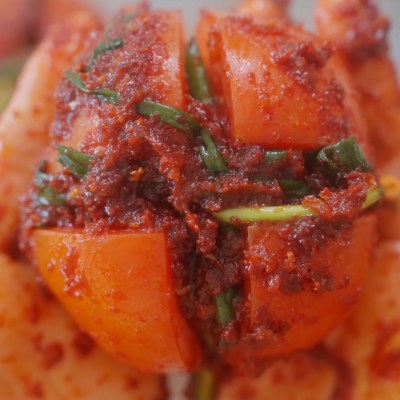
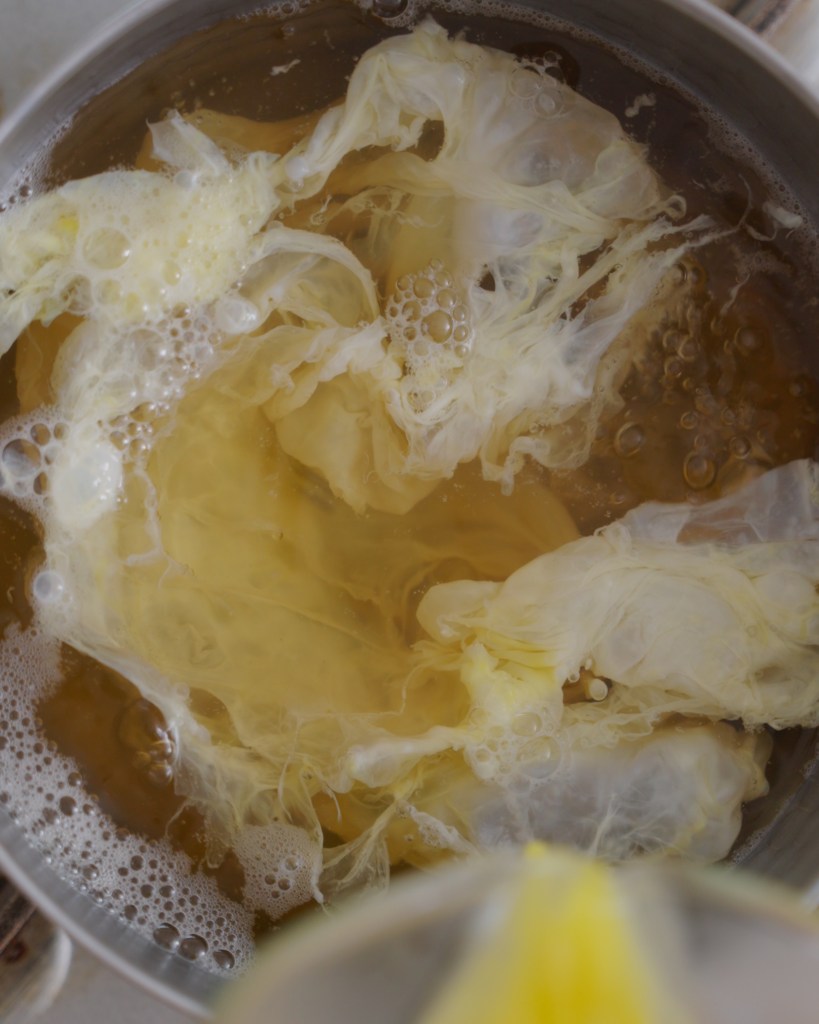



Comments